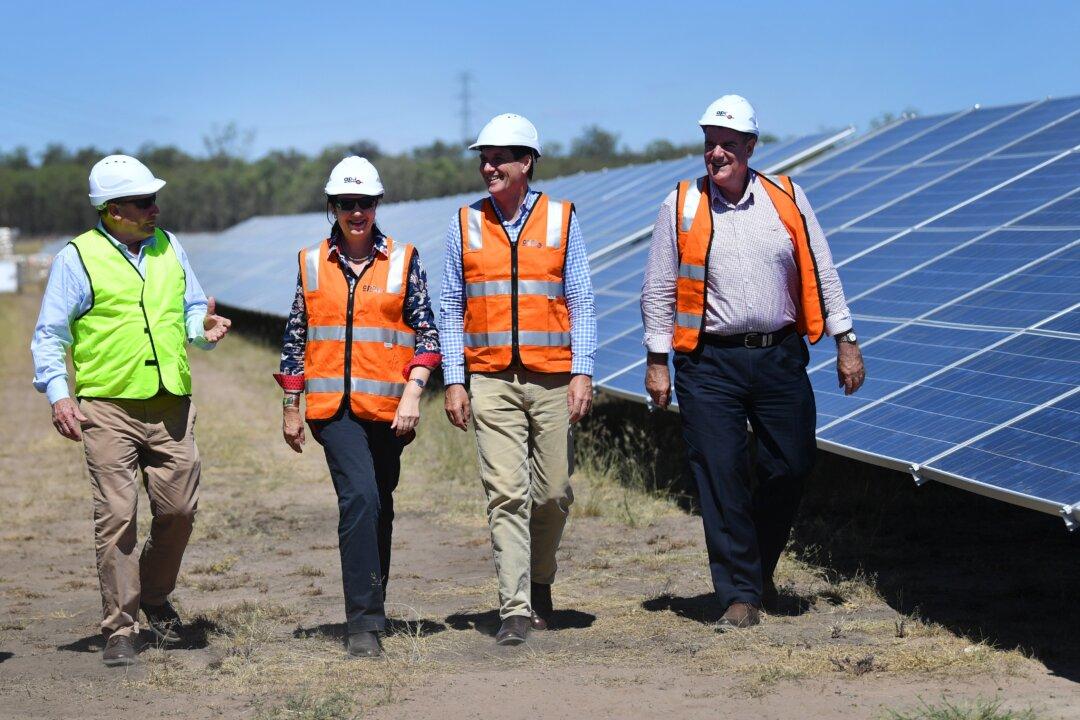Queensland (QLD) Premier Annastacia Palaszczuk has announced $2 billion (US$1.5 billion) will be spent on energy projects as part of the new Queensland Renewable Energy and Hydrogen Jobs Fund.
The investment is expanding a previous $500 million Queensland Renewable Energy Fund and will go towards emissions reduction projects—part of a plan to generate 50 percent of its energy from renewable sources by 2030 and achieve net-zero by 2050.





